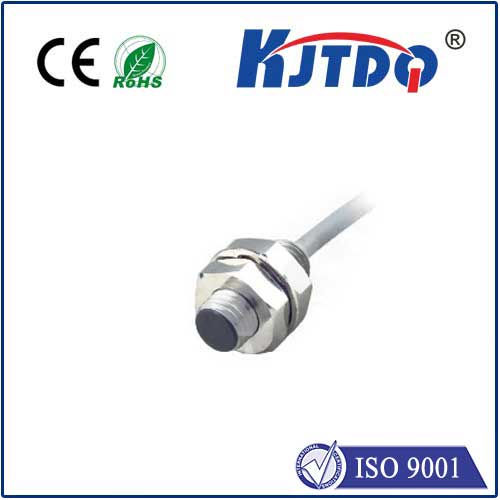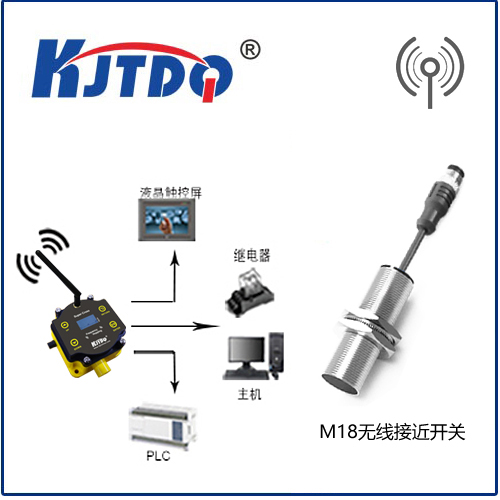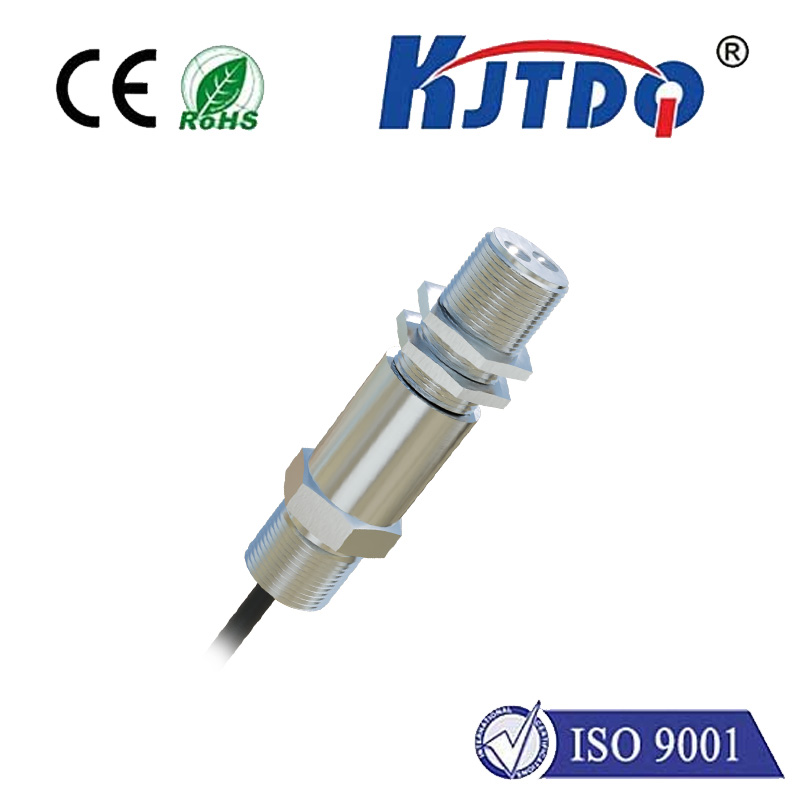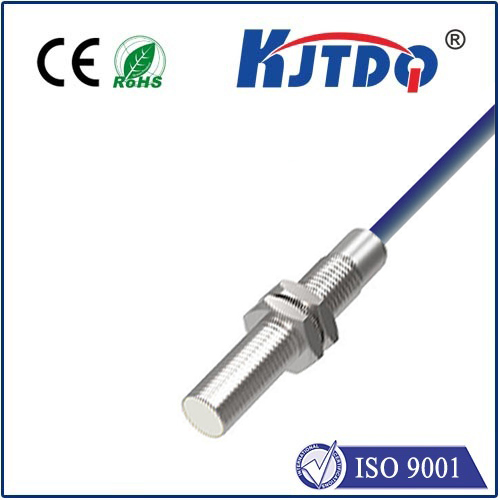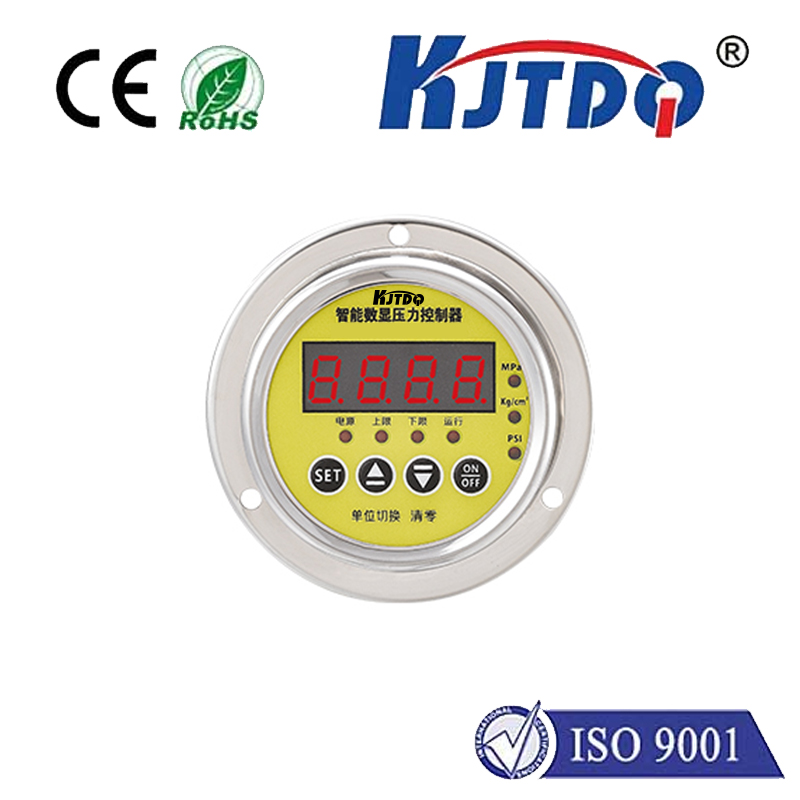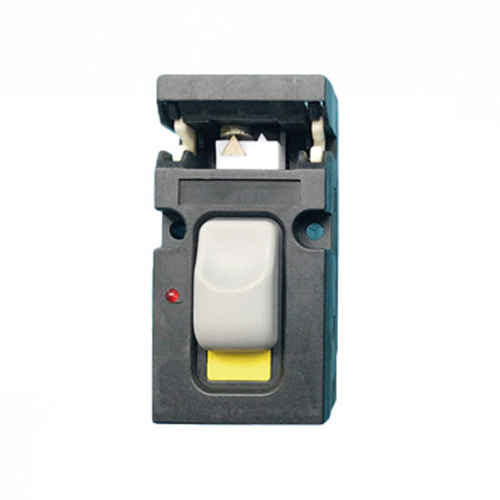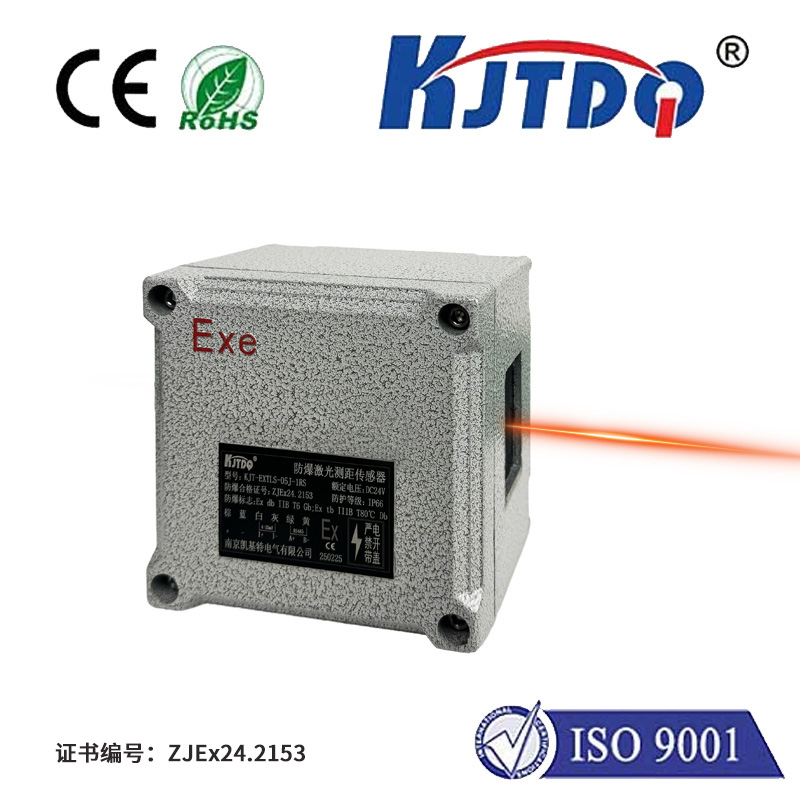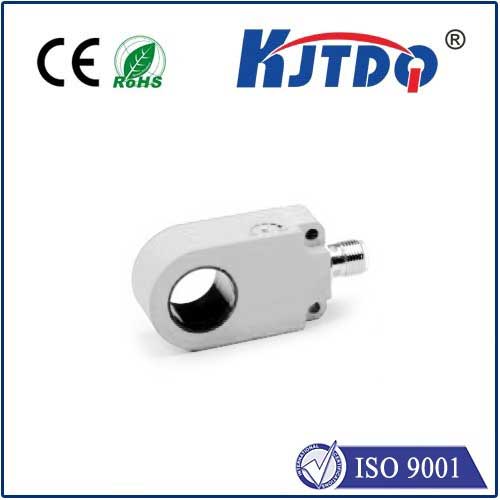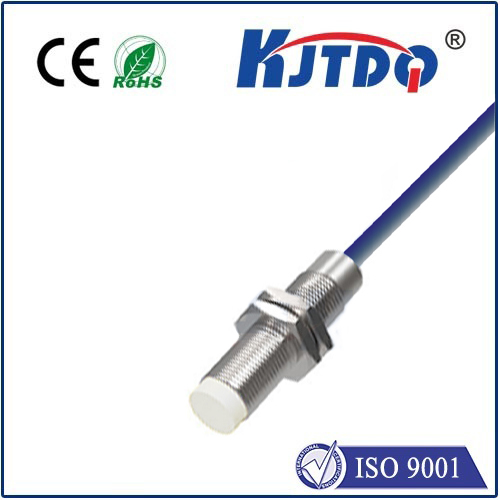термостойкий датчик приближения
- time:2025-06-13 01:48:28
- Нажмите:0
Conquering Extreme Heat: The Essential Guide to Heat Resistant Proximity Sensors
Imagine a steel mill. Molten metal glows at over 1500°C, furnaces radiate intense heat, and robotic arms maneuver precision tools nearby. In environments like this, standard proximity sensors – the workhorses detecting presence without contact – face a brutal enemy: extreme heat. Their internal electronics warp, signal integrity crumbles, and reliability vanishes. This is where heat resistant proximity sensors become not just useful, but absolutely critical for maintaining operational integrity, safety, and efficiency. Designed specifically to thrive where others melt, these specialized sensors are engineered to deliver consistent, accurate detection in the hottest corners of industrial automation and beyond.
Standard inductive, capacitive, or photoelectric proximity sensors typically have operating temperature ranges maxing out around +70°C to +85°C. Expose them beyond this, and problems cascade. Organic materials in seals degrade, leading to ingress of contaminants. Electronic components overheat, causing signal drift, erratic behavior, or complete failure. Metals expand differently, potentially jamming mechanical components or altering sensing distances. The result? Unplanned downtime, costly scrap, potential safety hazards, and frequent sensor replacement.
Heat resistant proximity sensors overcome these limitations through deliberate engineering choices:

- Advanced Material Selection: This is paramount. Sensor housings utilize specialized high-temperature plastics like PEEK (Polyether Ether Ketone) or PPS (Polyphenylene Sulfide), which retain structural integrity and electrical properties far beyond standard plastics. Seals shift from rubber to high-performance fluorosilicone or silicone-free fluorocarbon (FKM/Viton) formulations rated for continuous high-temperature exposure. Critical internal components might leverage ceramics for superior thermal stability.
- Thermal Management Design: Beyond just materials, the physical design plays a role. Heat resistant models often feature optimized internal layouts to minimize heat transfer to sensitive electronics. This can include air gaps, thermal barriers, or heat sinks integrated into the housing design to dissipate heat away from the core sensing elements. Intelligent thermal modeling during design ensures hotspots are mitigated.
- High-Temperature Electronics: The heart of the sensor – the oscillator (inductive), charge plate (capacitive), or emitter/detector (photoelectric) – and associated circuitry are built using components specifically rated for high-temperature operation. This includes specialized ASICs (Application-Specific Integrated Circuits), high-temp capacitors, and stable resistors. Precision calibration takes into account expected thermal drift.
- Прочная структура: The assembly methods themselves are chosen for thermal resilience, using high-temperature solders and adhesives. Hermetic sealing techniques might be employed in the most extreme cases.
The deployment of heat resistant proximity sensors unlocks reliability in numerous demanding sectors:
- Metal Processing & Foundries: Monitoring molds in die casting, detecting billets or slabs near furnaces, position sensing on rolling mills, and tracking ladles. Temperatures can soar near molten metal handling zones.
- Glass Manufacturing: Monitoring glass gobs, bottle handling in annealing lehrs, position control on hot forming lines, and furnace door detection. Ambient heat is intense near hot glass.
- Automotive Manufacturing: Welding lines (especially spot welding robots where sensors endure radiant heat), paint shop ovens (for trolley or part presence), and near heat treatment stations. Robustness is key near intense processes.
- Rubber & Plastics Processing: Position sensing inside extruders, mold clamping detection on injection molding machines, and monitoring conveyors carrying hot products. Sensors face heat, steam, and potential chemical exposure.
- Cement & Ceramics Production: Kiln operations, clinker cooler monitoring, and position control on hot material transfers. Dust combined with heat demands exceptional sealing.
- Energy Sector: Monitoring systems near boilers, turbines, exhaust flues, and within power generation equipment housings.
Selecting the right термостойкий датчик приближения requires careful consideration beyond just the maximum temperature spec:
- Actual Operating Temperature Range: Ensure both the continuous operating and peak temperature ratings exceed your application’s needs. Account for radiant heat from nearby sources.
- Sensing Technology: Inductive (for metals), capacitive (for materials/liquids), or photoelectric (for non-contact over distance)? Each has variants designed for heat.
- Sensing Distance: Verify the stable sensing distance (Sn) at the actual operating temperature, as heat can affect performance.
- Environmental Factors: Consider exposure to splash water, washdowns (IP ratings), chemicals, abrasives, or heavy vibration alongside heat. High IP ratings (e.g., IP67, IP69K) are often critical.
- Mounting and Connectivity: Choose a form factor (barrel, block, etc.) and connection type (cable, connector) suited for the installation point and heat exposure. Stainless steel threaded barrels are common for inductive types.
- Output Type & Wiring: PNP/NPN, Normally Open/Closed? Ensure compatibility with your control system.
- Thermal Shock Resistance: Can the sensor withstand rapid temperature changes, common when opening furnace doors?
Investing in genuine heat resistant proximity sensors offers significant advantages:
- Reduced Downtime: Eliminate sensor failures caused by heat, leading to fewer production stoppages.
- Lower Maintenance Costs: Significantly extend the mean time between failures (MTBF), reducing replacement frequency and labor.
- Enhanced Process Reliability & Quality: Consistent, accurate detection ensures processes run correctly, minimizing scrap and rework caused by false signals or missed detections.
- Повышение безопасности: Reliable sensing near high-heat processes is critical for safeguarding personnel and equipment.
- Optimized ROI: While the initial cost may be higher than standard sensors, the longevity and reduced operational disruptions deliver a compelling return on investment.
Understanding thermal drift is crucial. Even high-temperature sensors experience slight changes in sensing characteristics (like nominal sensing distance - Sn) as temperature fluctuates within their operating range. Reputable manufacturers provide detailed specifications outlining this drift. Quality heat resistant proximity sensors are designed to minimize this drift through stable component choices and design, ensuring predictable performance across the range.
In conclusion, navigating the harsh realities of high-temperature environments requires purpose-built solutions. Heat resistant proximity sensors represent a specialized class of industrial components, engineered with robust materials, intelligent thermal management, and temperature-stable electronics to deliver unwavering reliability where conventional sensors simply cannot survive. For engineers and plant managers operating in foundries, glass plants, welding lines, or near any intense heat source, understanding and utilizing these specialized sensors is fundamental to achieving operational excellence, safety, and cost-efficiency. Choosing the right термостойкий датчик приближения, matched precisely to the application’s thermal demands and environmental challenges, is an investment in resilience for the hottest jobs on the factory floor.

